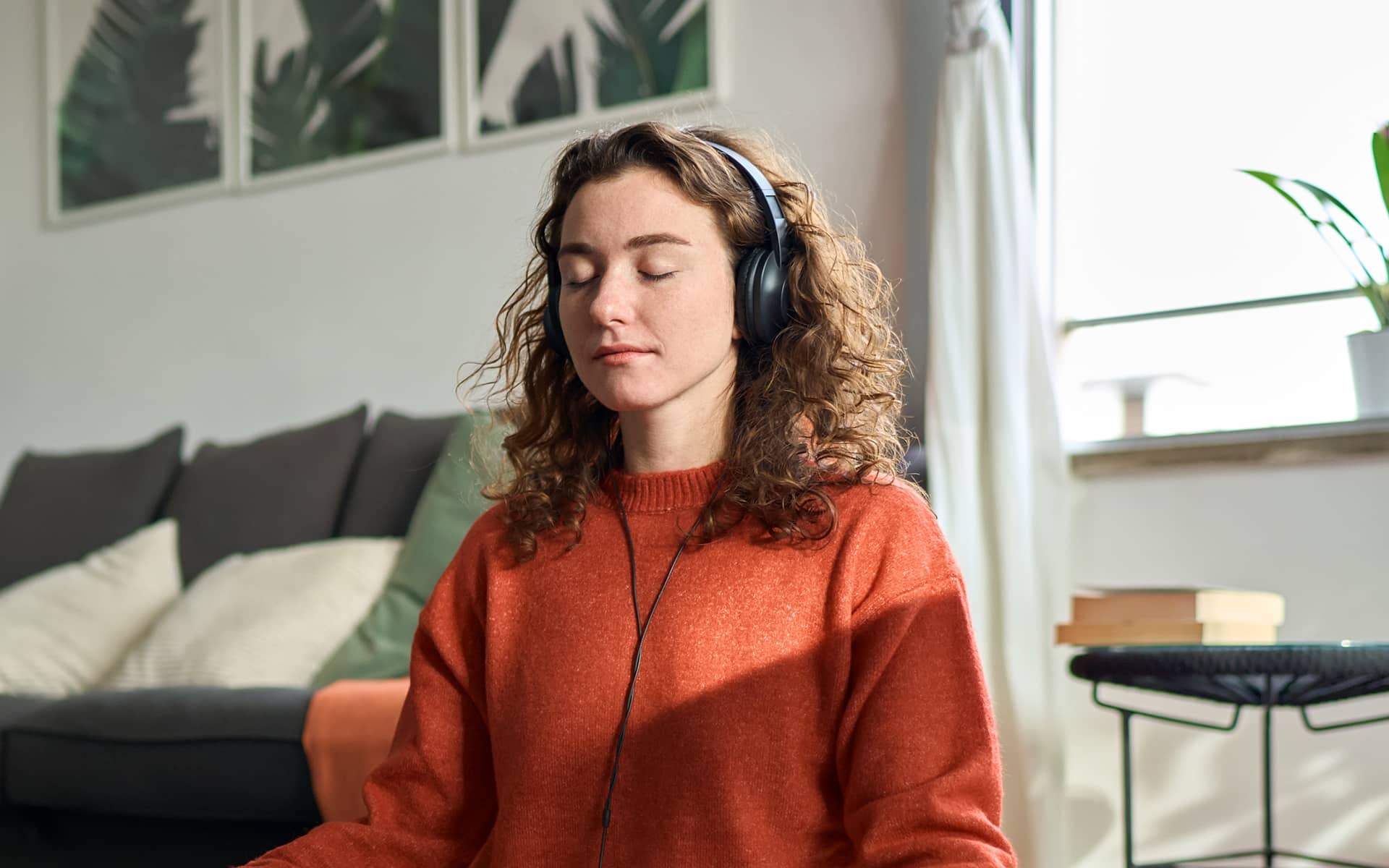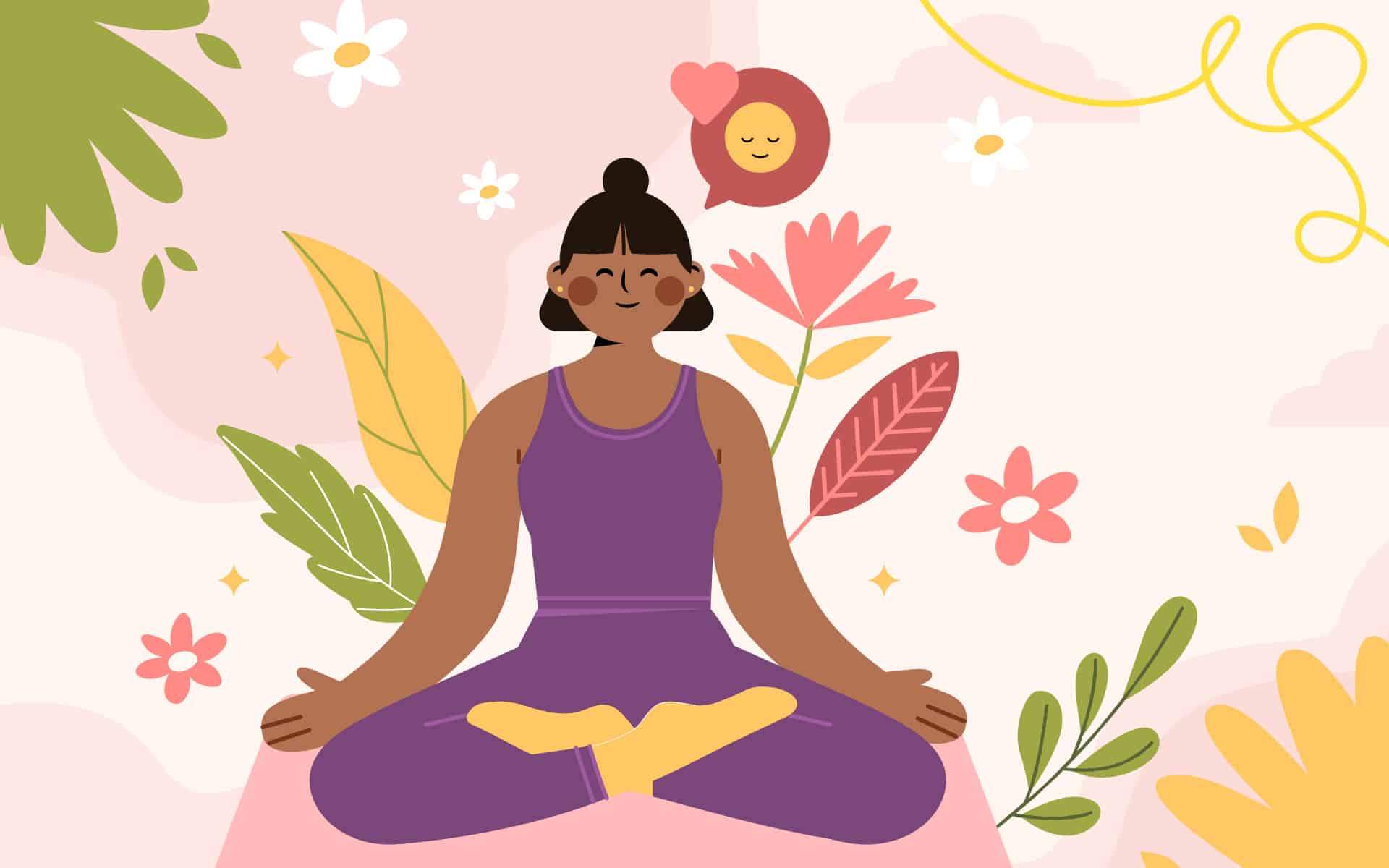A great many people who suffer with panic attacks experience feeling as though they are losing control and going crazy. Some people describe feeling a disconnect from reality that scares and confuses them. You may feel completely helpless, as though there is nothing you can do and no one can help you. You literally believe that a threat is present, likely, or imminent. It’s a frightening experience that is not soon forgotten. In fact, the fear alone that it may happen again is enough to start the cycle of panic and insecurity. If you’re feeling scared or insecure about a reoccurrence right now, you are not alone and there is help.
Understanding What Causes Your Panic Attack
There’s no predicting when your next panic attack will occur. It might happen while you’re out running errands, interacting with strangers at the market or post office. Being in public may feel like the worst-case scenario for a panic attack, but it is also your cue to listen to your mind and body.
Mindful inquiry will help you investigate what is driving your panicky emotions, in order for you to become free from them. Practice these skills the next time you feel panic beginning to rise:
- Before you begin, ask yourself whether this is a good time to explore your feelings. Do you feel safe at this time? If you do feel safe, proceed with the next step. If you do not feel safe, then it is okay to wait and attempt this practice at a more secure time, perhaps when you’ve returned to the privacy of your home.
- Your practice begins as soon as you tune in to and become mindful with your breathing. Wherever you are—running around town, meeting up with a friend, standing in line, or walking down the aisle of a market—you carry your breath everywhere, and it is your focal point for maintaining your connection to the present wherever you go. Be mindful of your breathing, in and out, noticing the sensations of warmth as you breath in and coolness as you breath out, experiencing the rise and fall, the in and out of each breath.
- Take this moment to recognize any and all feelings that are with you now. If you feel out of control, then just acknowledge it as a feeling, without attaching details or stories behind it. If you feel an uncontrollable fear that you’re going insane, then recognize this feeling without striving to critique or analyze the feeling. Give yourself permission to just identify and acknowledge the emotions that are coming up and let them be. You may be telling yourself: I feel as if something horrible is about to happen. I feel as though I’ve lost touch with reality. I feel as though I can’t trust anyone. Maybe I can’t even trust myself. Other unrelated feelings and thoughts may come to mind, like I’m hungry. I hope that he calls soon. I wonder where I left my to-do list. Make space in this moment to simply let these feelings emerge and try to stay with the feelings and thoughts just as they are. Simply acknowledge what’s here, without attaching yourself or clinging to any one thought or feeling.
- You may experience a strong impulse to resist or fight against these painful and terrifying emotions, as may be your habit. We all have a natural tendency to strive toward what feels good. For this exercise, you are practicing non-striving: not trying, or not attempting to change your feelings or shift them in a different direction. Just let the feelings be what they are. The less energy you spend trying to resist or alter your panicky emotions, the lesser the hold your panic can have on you.
- Remember to be aware of your breathing and to connect again with the here and now.
With practice, you will come to learn what is driving your feelings and to let them run their natural course. Strong emotions can be fierce and unrelenting for a time, but eventually they fade and you move on.
A 30-Minute Guided Meditation to Calm Anxiety
In mindful inquiry, you’re invited to bring nonjudgmental awareness into any panicky emotions or feelings, whether they are related to memories or not, and to fully acknowledge and experience them in your body and mind and let them be. You may discover that within the panic is a whole plethora of feelings and experiences that are causing the agitation or whatever emotion you are feeling. When you begin to acknowledge what has not been acknowledged, the doorway of understanding can begin to open. By learning to turn toward your panic, you may experience more freedom than you could have ever imagined.
You may discover that within the panic is a whole plethora of feelings and experiences that are causing the agitation or whatever emotion you are feeling.
Note: Before beginning this meditation, please consider whether this is the right time for you to do it. Do you feel reasonably safe and open? If not, do some mindful breathing and come back to it at another time.
A Meditation for Investigating Panic Attacks
In a quiet place, find a position in which you can be alert and comfortable, whether seated or lying down. Turn off your phone and any other electrical device that could disturb you. Read and practice the script for this guided meditation below, pausing after each paragraph:
- First, congratulate yourself that you are dedicating some precious time for meditation.
- Become aware of your body and mind and whatever you are carrying within you. Perhaps there are feelings from the day’s events or whatever has been going on recently.
- May you simply allow and acknowledge whatever is within you and let it be, without any form of analysis.
- Gradually, shift the focus of awareness to the breath, breathing normally and naturally. As you breathe in, be aware of breathing in, and as you breathe out, be aware of breathing out.
- Awareness can be focused at either the tip of the nose or the abdomen, depending on your preference. If focusing at the tip of the nose, feel the touch of the air as you breathe in and out… If focusing on the abdomen, feel the belly expanding on an inhalation and contracting on an exhalation.
- Just living life, one inhalation and one exhalation at a time. Breathing in, breathing out, experiencing each breath appearing and disappearing. Just breathing. And now gently withdraw awareness from the breath and shift to mindful inquiry.
- Mindful inquiry is an investigation into emotions, thoughts, and physical sensations that are driving your panic, anxieties, and fears, often beneath the surface of your awareness. There is a special and unique way of doing this practice that can foster the potential for deep understanding and insight.
- When you practice mindful inquiry, gently direct your attention into the bodily feeling of panic or fear itself. Allow yourself to bring nonjudgmental awareness into the experience of it, acknowledging whatever it feels like in the body and mind and letting it be.
- To begin this exploration you need to first check in with yourself and determine whether it feels safe or not. If you don’t feel safe, perhaps it is better to wait and try another time and just stay with your breathing for now.
- If you are feeling safe, then bring awareness into the body and mind and allow yourself to feel into and acknowledge any physical sensations, emotions, or thoughts and just let them be…without trying to analyze or figure them out.
- You may discover that within these feelings there’s a multitude of thoughts, emotions, or old memories that are fueling your fears. When you begin to acknowledge what has not been acknowledged, the pathway of insight and understanding may arise. As you turn toward your emotions, they may show you what you are panicked, worried, mad, sad, or bewildered about.
- You may learn that the very resistance to unacknowledged emotions often causes more panic or fear and that learning to go with it, rather than fighting it, often diminishes them. When we say “go with it,” we mean that you allow and acknowledge whatever is within the mind and body. Just letting the waves of emotions, thoughts, and physical sensations go wherever they need to go just like the sky makes room for any weather.
- Now gently returning to the breath and being mindful of breathing in and out…riding the waves of the breath.
- As you come to the end of this meditation, take a moment to congratulate yourself and take a moment to appreciate the safety and ease you may be feeling right now that you can bring into your day. By acknowledging your fears, you may open the possibility for deeper understanding, compassion, and peace. Before you get up, gently wiggle your fingers and toes and gradually open your eyes, being fully here and now.
- Send some loving-kindness your way. May I dwell in peace. May all beings dwell in peace.
This article was adapted from Calming the Rush of Panic, by Bob Stahl PhD, Wendy Millstine NC.
Read More
A Mindful Inquiry: Calming the Rush of Panic
Explore how meditation can help you investigate emotions and feelings that come up with panic—with a curiosity to see what’s actually there. Read More
Calming the Rush of Panic in Your Body
How to create space between you and what you’re experiencing in order to decrease anxiety and worry. Read More
Find Balance During a Moment of Panic
A short practice to help restore awareness of your breath and your body and reclaim your equilibrium so that you can face the rest of your day with calm and ease. Read More











